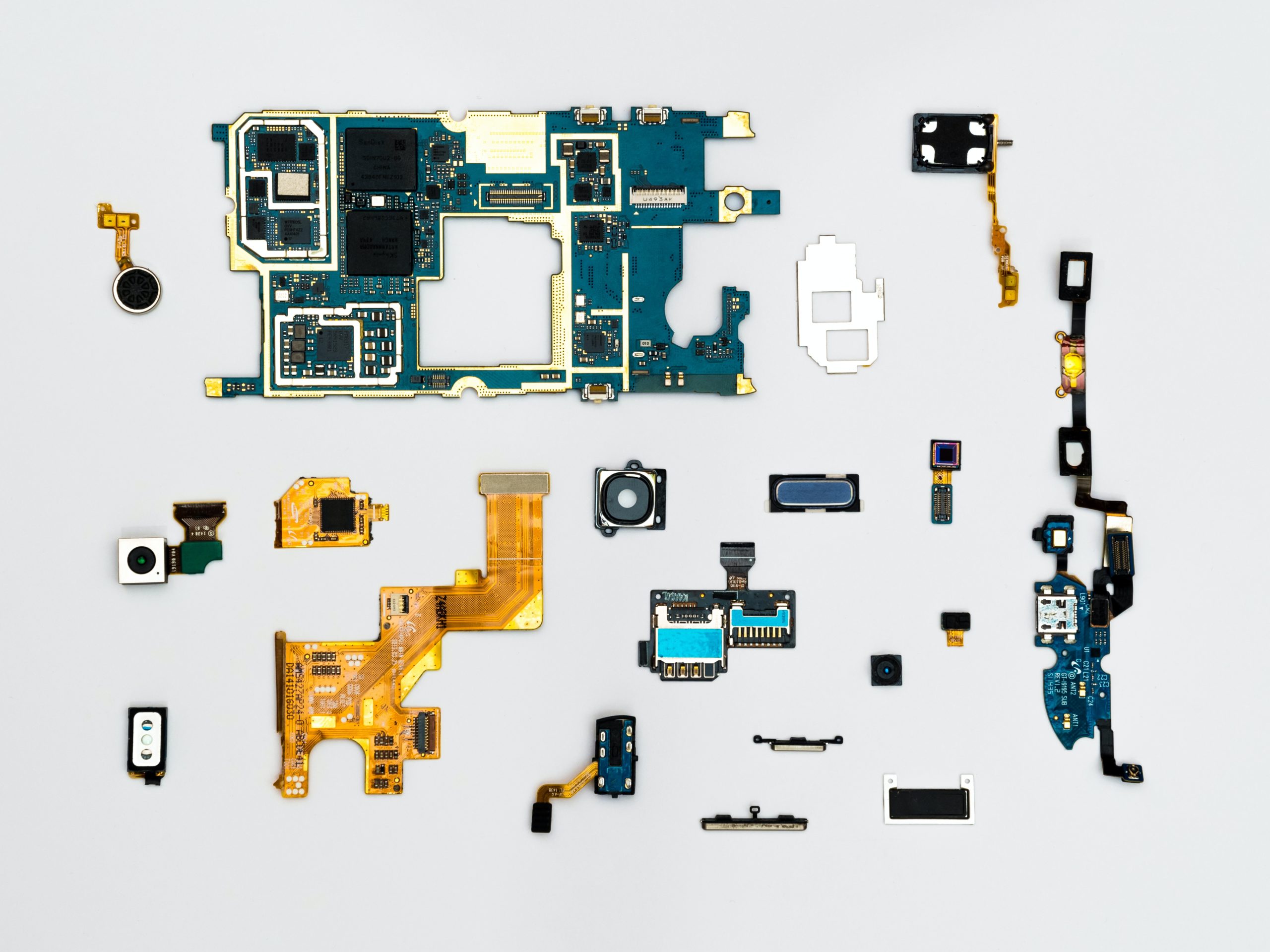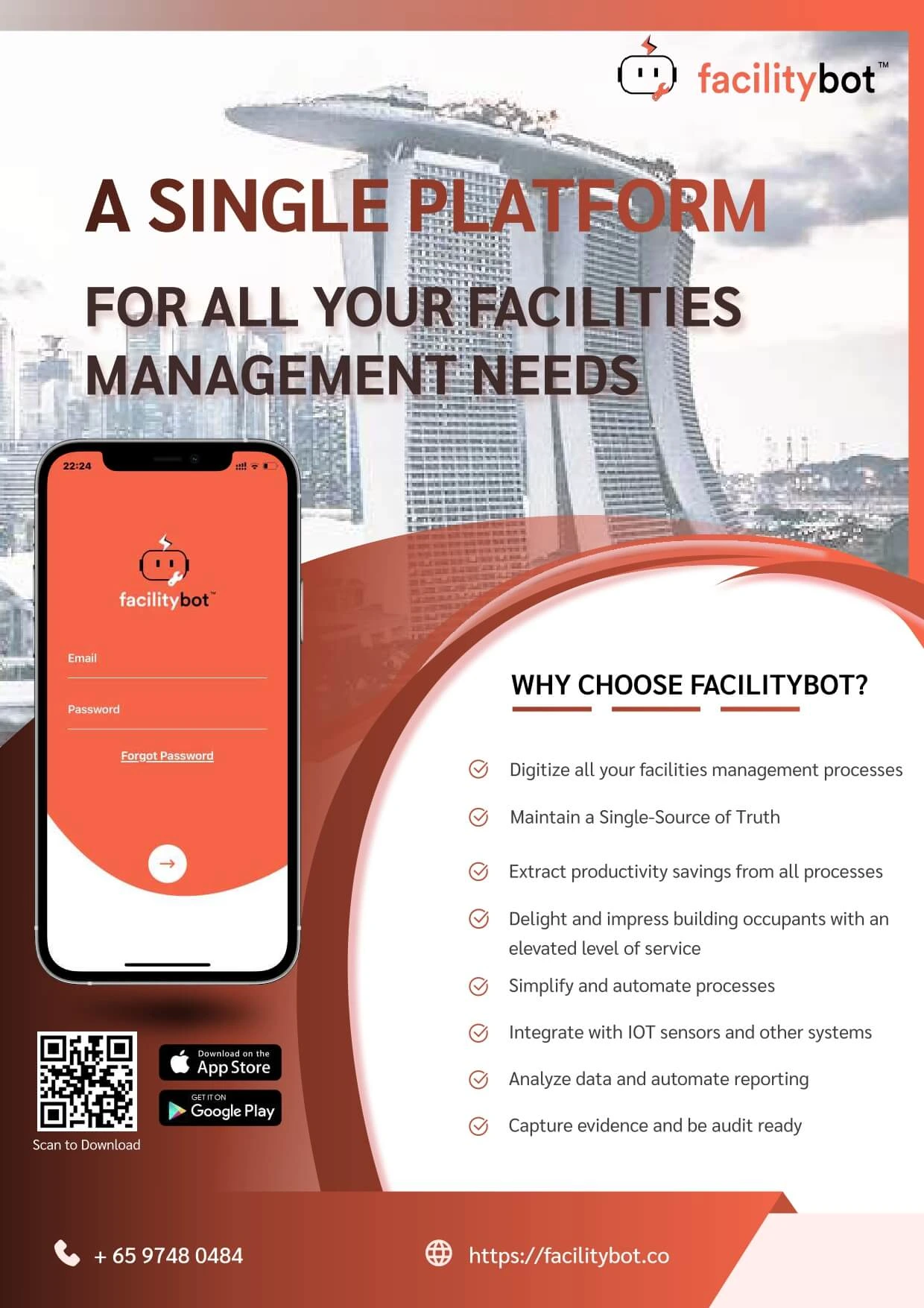Last updated on January 17th, 2024 at 06:55 pm
Integrated Facilities Management encompasses various services, ranging from cleaning and security to mechanical and electrical maintenance. With the rise of IoT sensors, the Facilities Management industry is exploring ways to integrate sensor technology for utilization-based facilities management. In this article, we will delve into our experience of developing and implementing a Smart Toilet System, highlighting the benefits and lessons learned along the way.
Utilization-Based Facilities Management: Traditional facilities maintenance relies on scheduled inspections, regardless of actual usage patterns. This approach often leads to inefficiencies, as toilets with irregular usage are cleaned unnecessarily or inadequately. To address this challenge, we embraced utilization-based facilities management.
People Counters
To accurately gauge toilet utilization, we deployed passive infrared sensors capable of counting the number of people entering and leaving the facility. These sensors periodically sent MQTT messages to our Smart Facilities Management system, providing real-time data on user traffic. To accommodate different thresholds, we implemented configurable triggering logic within the software system, enabling customized alerts for each toilet.
Ammonia Sensors
While people counters proved helpful, addressing cleanliness issues required more comprehensive measures. Hence, we installed ammonia sensors to complement the people counters. These sensors seamlessly integrated with our Smart Facilities Management system, relaying raw data for odor detection. By configuring triggering logic and threshold settings within the software, we enabled automatic alerts, ticketing, and workflow management processes.
Reactive Maintenance
Sensors play a crucial role in identifying cleaning requirements. For instance, bin sensors, toilet roll sensors, and soap dispenser sensors can detect common situations requiring the attention of cleaners. However, the return on investment (ROI) for each sensor type must be evaluated, as diminishing triggering frequencies may reduce its effectiveness. To complement automated sensor activation, we implemented a user-friendly reporting system using QR codes. Scanning a unique QR code for each toilet allowed users to quickly report issues through a mobile web form, which was then integrated into the Smart Facilities Management system for ticketing and resolution.
Key Benefits and Lessons Learned
Utilization-based facilities management offers the potential to enhance workforce productivity and user satisfaction. While we focused on Smart Toilets, similar benefits can be reaped in other areas of Facilities Management, such as equipment maintenance. Successful IoT implementation relies on conceptualizing the hardware and software approach appropriately. In our case, we selected MQTT as a lightweight protocol and ensured that configuration and business logic processing occurred at the software application level. This streamlined deployment, facilitated integration, and allowed for capturing raw data for subsequent data analytics. To create a comprehensive “Smart Toilet” system, we integrated feedback reporting, alert management, ticketing, and workflow processes within the Smart Facilities Management system. This consolidation provided a reliable “Single Source of Truth” for management and facilities management teams, enabling better decision-making and report generation.
Conclusion
By leveraging IoT sensors and adopting a utilization-based approach, we successfully implemented a Smart Toilet System within our Facilities Management framework. This case study demonstrates the potential benefits of IoT integration and highlights the importance of aligning hardware and software solutions. With the right implementation strategy, Facilities Management can witness increased efficiency, improved user experiences, and data-driven decision-making.
To learn more about facility management solutions, visit FacilityBot’s website: FacilityBot
For purchasing of IoT sensors and more, visit FacilityBot’s IoT Sensor Store.





4 thoughts on “Enhancing Facilities Management with IoT: Implementing a Smart Toilet System”
Keep functioning ,terrific job!
Highly expository to enhance work place productivity
Very nice post. I simply stumbled upon your blog and wished to mention that I have truly loved browsing your weblog posts. After all I抣l be subscribing in your rss feed and I hope you write once more very soon!
It抯 really a cool and helpful piece of information. I am satisfied that you shared this useful info with us. Please stay us up to date like this. Thanks for sharing.
Comments are closed.